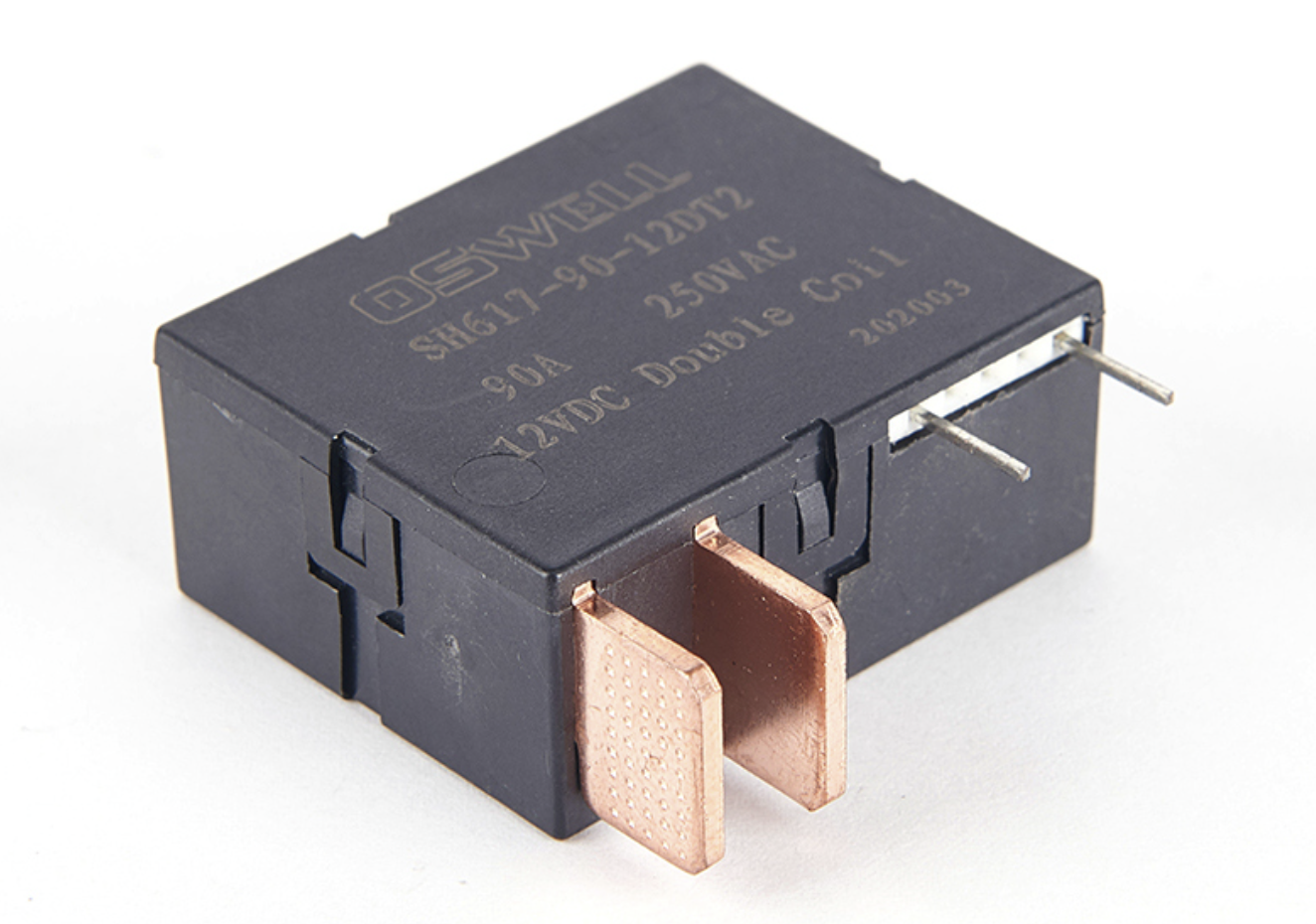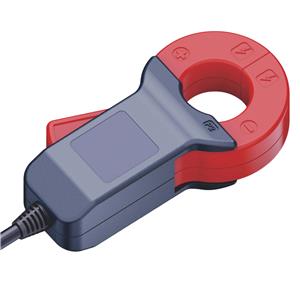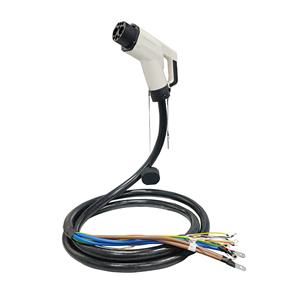Common Electrical Appliances That Frequently Use Relays
Common Electrical Appliances That Frequently Use Relays

Relays are essential electrical components that act as electrically operated switches, controlling the flow of current in a circuit by using a smaller current to activate a larger one. They play a crucial role in safety, automation, and power managementacross various household and industrial appliances. Below are some of the most common electrical devices that frequently use relays.
1. Home Appliances
① Refrigerators & Freezers
Modern refrigerators use relays to control the compressor, which is the main cooling component. The relay ensures that the high-power compressor starts and stops smoothly, preventing damage from sudden power surges. Some advanced models also use solid-state relays (SSRs)for quieter and more efficient operation.
② Washing Machines & Dishwashers
These appliances rely on relays to manage the motor, heating elements, and water pumps. For example, the relay switches the washing machine’s motor between different speeds (wash, rinse, spin) and controls the heating element in dishwashers to ensure proper water temperature.
③ Air Conditioners & Heaters
Air conditioners use relays to control the compressor and fan motors, switching them on/off based on temperature settings. Similarly, electric heaters use relays to regulate the heating element, preventing overheating and ensuring energy efficiency.
④ Microwave Ovens & Ovens
Microwaves use relays to control the magnetron (which generates microwaves) and the turntable motor. Conventional ovens and stoves also use relays to switch the heating elements and fanson and off safely.
2. Automotive Applications
① Car Starters & Ignition Systems
The starter relayin vehicles is crucial—it allows a small current from the ignition key to activate the high-current starter motor that turns the engine. Without this relay, starting a car would require a direct, dangerous connection.
② Headlights, Power Windows & HVAC Systems
Modern cars use multiple relaysto control headlights, power windows, and heating/ventilation/air conditioning (HVAC) systems. These relays ensure that high-power components are switched safely without overloading the vehicle’s electrical system.
3. Industrial & Commercial Equipment
① Motors & Machinery
Industrial machines, such as conveyor belts, pumps, and compressors, use heavy-duty relays (contactors)to control high-voltage motors. These relays ensure safe startup and shutdown, preventing electrical damage.
② Lighting Control Systems
Large buildings use relay panelsto control hundreds of lightsefficiently. Relays allow automated lighting schedules, motion sensors, and energy-saving modes.
③ Power Distribution & Backup Systems
Uninterruptible Power Supplies (UPS) and generatorsuse relays to switch between power sources(mains electricity and backup power) seamlessly during outages.
4. Consumer Electronics & Smart Devices
① Smart Home Hubs & Automation Systems
Smart switches, Wi-Fi-controlled outlets, and home automation hubsuse relays to remotely control lights, fans, and appliances.
② Computers & Server Power Management
Servers and high-end computers use relays in power supply units (PSUs)to manage voltage regulation and system shutdownsduring power failures.
Conclusion
Relays are ubiquitous in modern electrical systems, found in household appliances, vehicles, industrial machines, and smart devices. They ensure safety, efficiency, and automationby controlling high-power circuits with low-power signals. Without relays, many of the devices we rely on daily would either be unsafe or inefficient.
SEO Keywords:relays in appliances, electrical relays uses, relay in refrigerator, car starter relay, industrial relay applications, smart home relays, HVAC relay control, motor control relays, power distribution relays, automotive relay systems.




